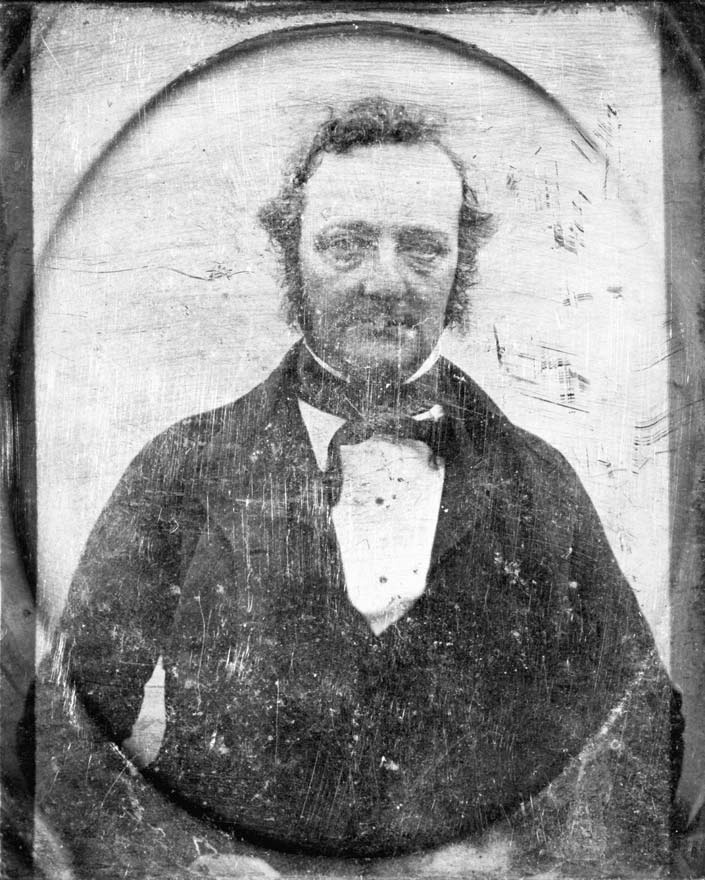
In 1839 Louis Daguerre announced the daguerreotype process, which along with Henry Fox Talbot’s calotype heralded the dawn of the photographic age. Although the daguerreotype produced one original only, it quickly became the photographic medium of preference. Calotype images were less clear and sharp, and because the process was patented worldwide royalties were payable every time it was used.
Because the technology was only really suitable for studio work, the vast majority of daguerreotypes are portraits such as this 1852 image of Edward Catchpool, who had published a short-lived Wellington newspaper, The New Zealand Colonist. The photographer was probably Lawson Insley.

Community contributions